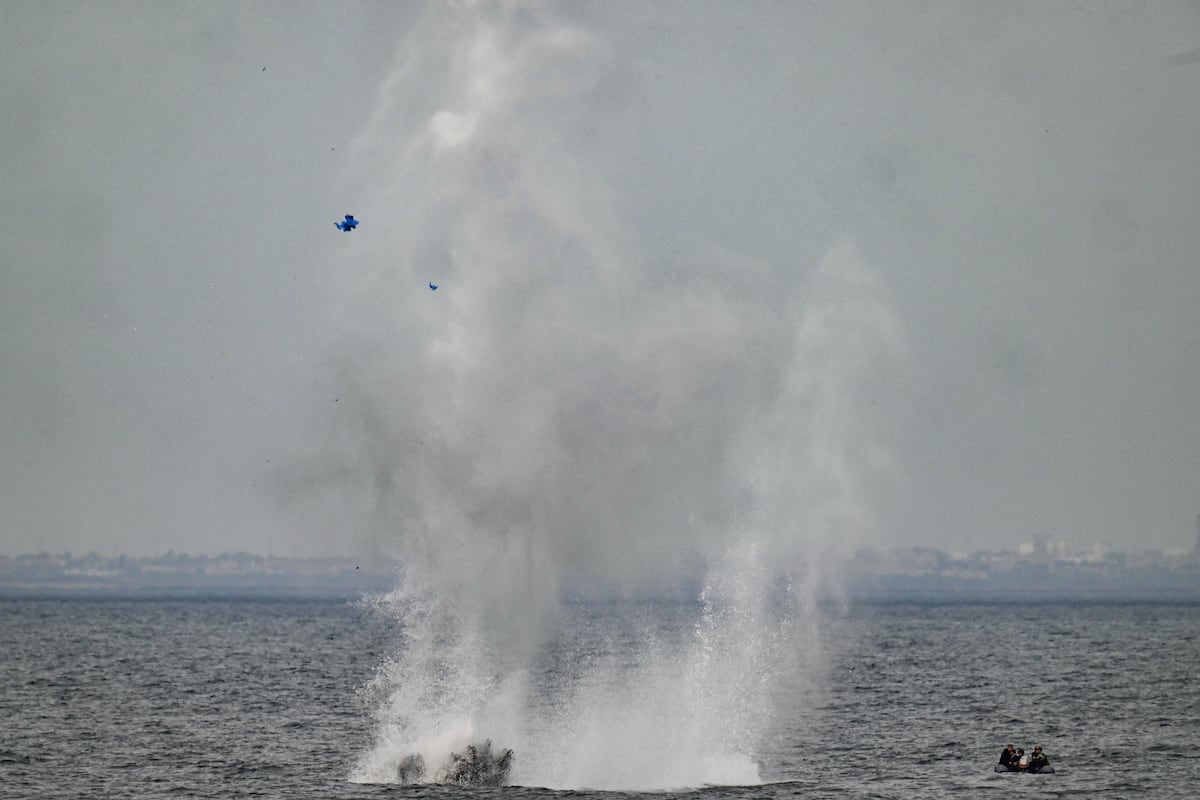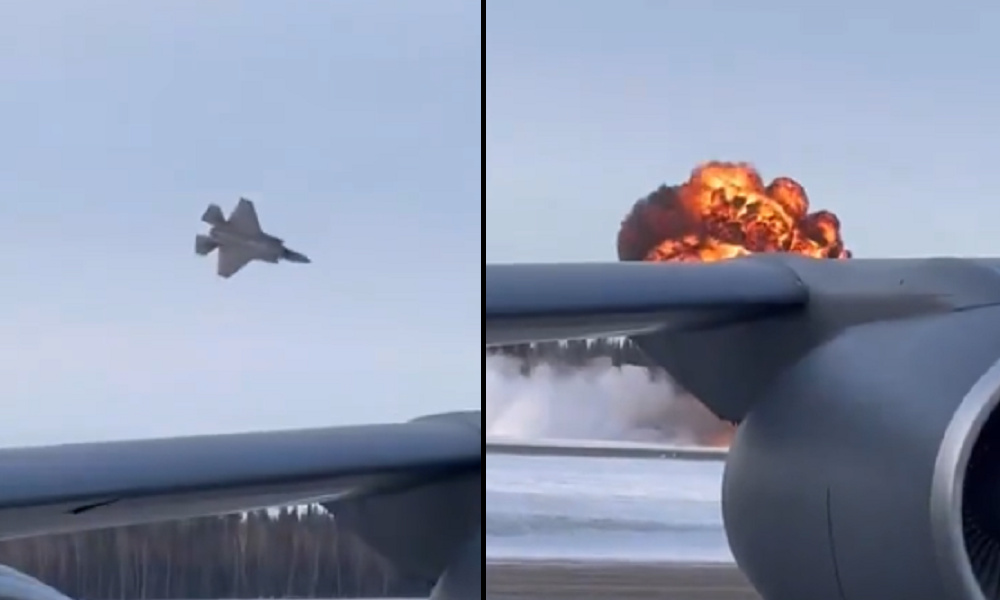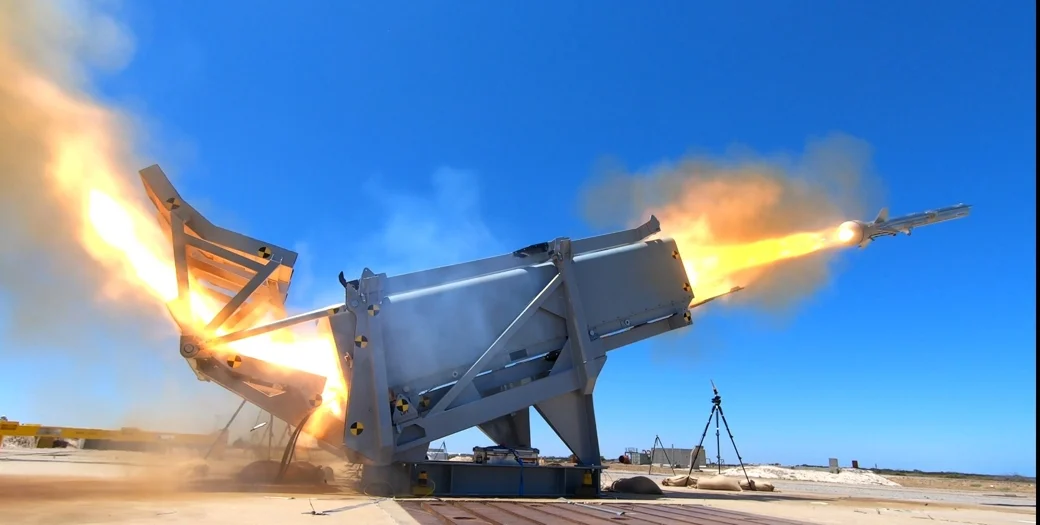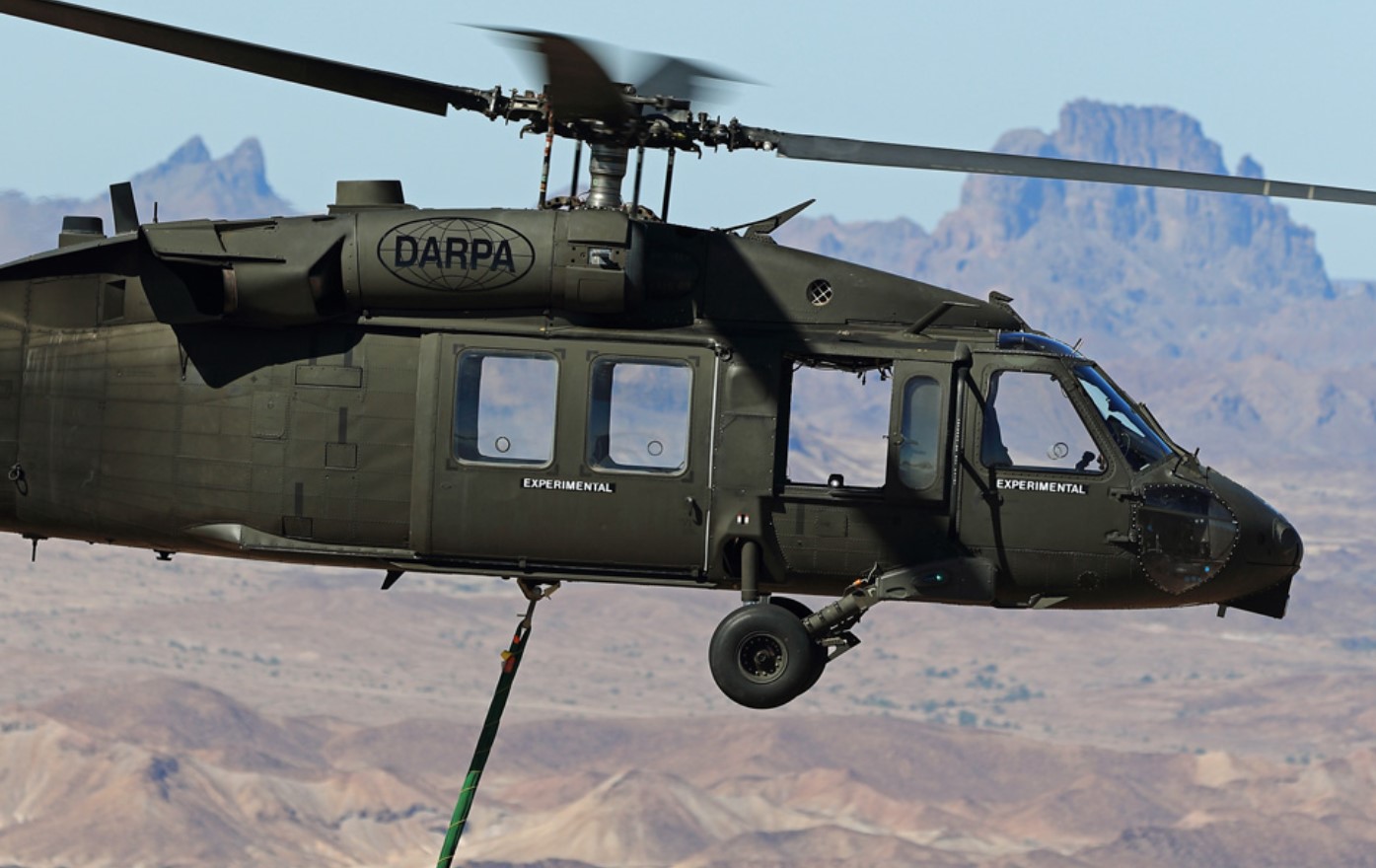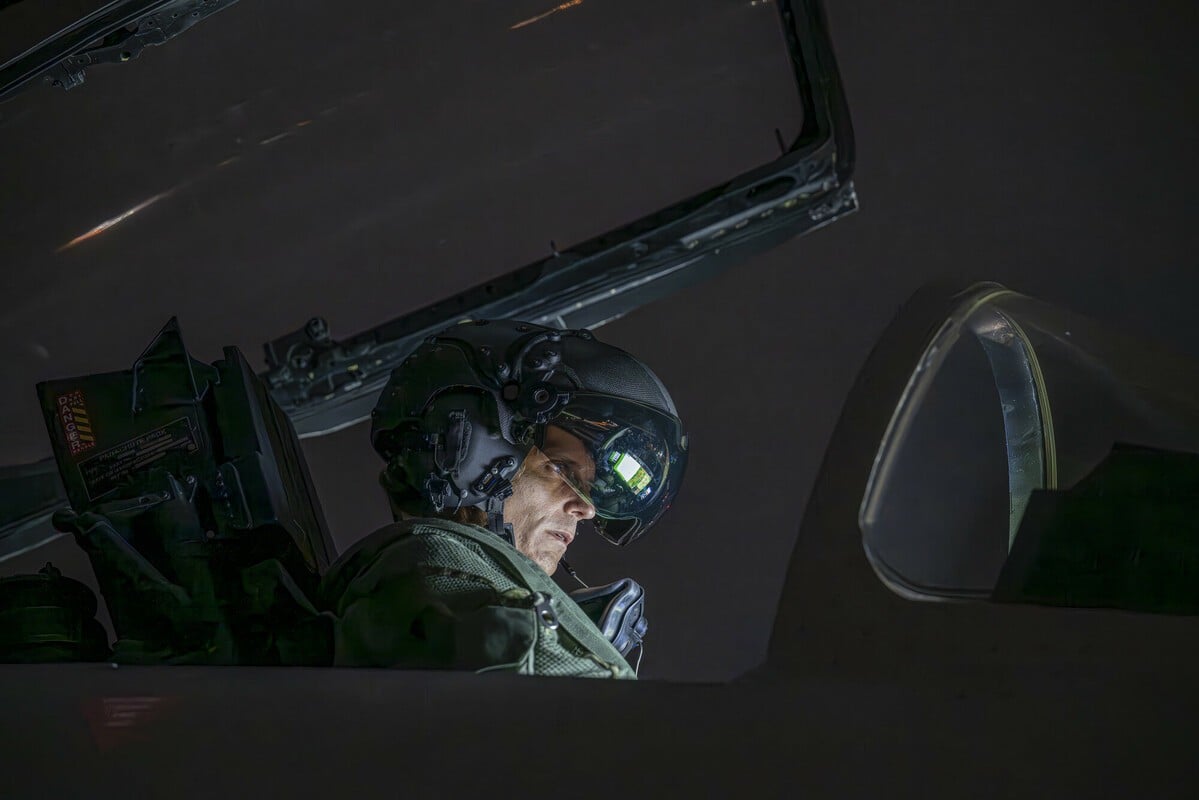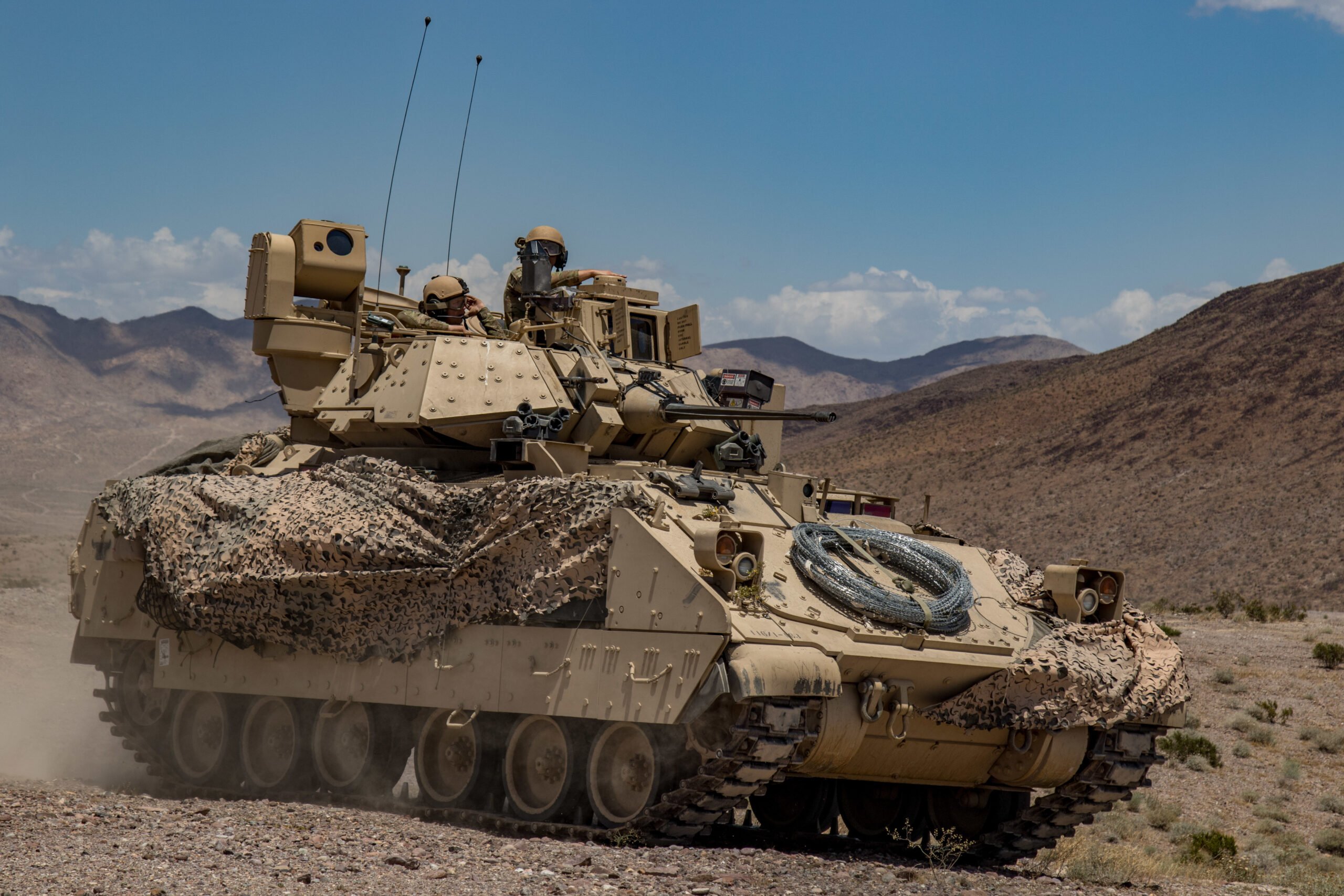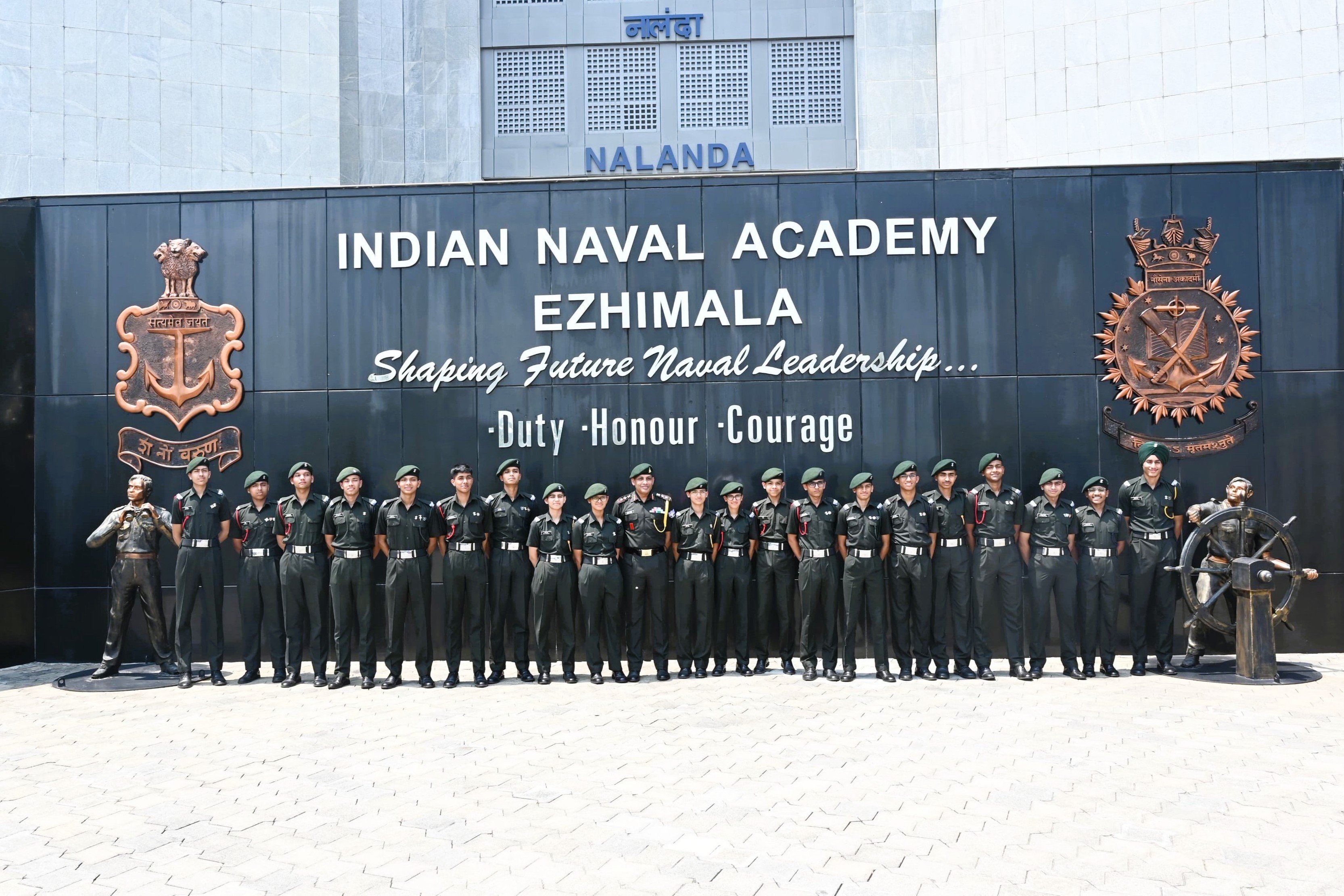PARIS — In a significant advancement for naval warfare technology, Thales is set to deliver the French Navy its first production version of an autonomous mine-hunting system by the end of this year. This initiative marks a pivotal step towards achieving fully remote mine warfare capabilities, with the Royal Navy in the U.K. expected to receive its own system in early 2025. The move is aligned with broader strategic shifts among European navies, as countries such as France and the U.K. pivot towards standoff mine countermeasures, while others, including Italy and Germany, continue to rely on crewed minehunter vessels supplemented by remote vehicles and drones.
Chris Cunnell, the Thales product line manager for autonomous mine countermeasures, emphasized the evolving strategies of different navies at the Euronaval industry show held outside Paris. He noted that while some navies—namely the U.K., France, Belgium, and the Netherlands—are pursuing a complete standoff approach to mine warfare, others prefer maintaining a crewed capacity for increased direct engagement in minefields.
According to Cunnell, the capability for fully remote mine countermeasures has only recently become feasible after nearly a decade of development. Thales began sea trials of its system towards the end of 2020, showcasing enhanced technology designed to minimize risks to personnel involved in mine detection and neutralization. Cunnell remarked on the varying philosophies different countries hold towards mine warfare, indicating that Thales is prepared to support various strategies with a versatile toolbox of solutions.
The systems being delivered to both France and the U.K. include a portable operations center, unmanned surface vehicles equipped with advanced detection technologies encompassing towed sonar, and a remotely-operated vehicle dedicated to neutralizing mines. Notable features of the Thales system involve autonomous capabilities that facilitate the deployment and operation of payloads, along with navigation by unmanned surface vehicles.
Thales’s towed sonar employs a multi-aspect synthetic aperture that significantly enhances operational efficiency by reducing false positives, solidifying it as a leader in the mine countermeasure market. Thales’s CEO Patrice Caine highlighted robust export prospects for these systems, as many nations are expressing interest in technologies that can safeguard their sailors, underscoring a global shift towards prioritizing safety in military operations.
As part of its program, France is set to acquire eight autonomous underwater drones from the French firm Exail, which will be integrated with Thales’s high-resolution sonar technology. The initial deliveries are anticipated in the first half of 2028, with plans for more drones over the following years. These underwater drones, measuring five meters in length and weighing 500 kilograms, are designed with ten hours of mission autonomy and the capacity to dive to depths of 300 meters.
The transition to an autonomous minehunting system is strategic for the French Navy, intended to eventually replace all current mine warfare assets, which include traditional minehunters and sonar-towing vessels. In addition to these advancements, Thales is exploring innovative detection methods such as lidar (light detection and ranging) for mine hunting. This technology could serve as a complementary tool to sonar, particularly advantageous in shallow waters and conditions where acoustic technologies face limitations.
The development of lidar capabilities is particularly timely, given the ongoing challenges posed by drifting mines in conflict-affected regions, such as the Black Sea. Current detection methods are often insufficient, relying on personnel manually scanning the waters—a method Cunnell describes as unreliable.
Thales is actively looking into various detection technologies, which include electro-optical, thermal, long-wave infrared, and millimeter radar systems. These innovations are not only aimed at unmanned surface vehicles but also at airborne platforms such as drones. Cunnell noted that the multifaceted approach to mine detection underscores the importance of selecting the right sensor for specific operational contexts.
As the technologies for detecting and neutralizing mines evolve, the naval landscape is set to undergo significant transformation, with Thales leading the charge towards more effective and safer mine warfare capabilities.

